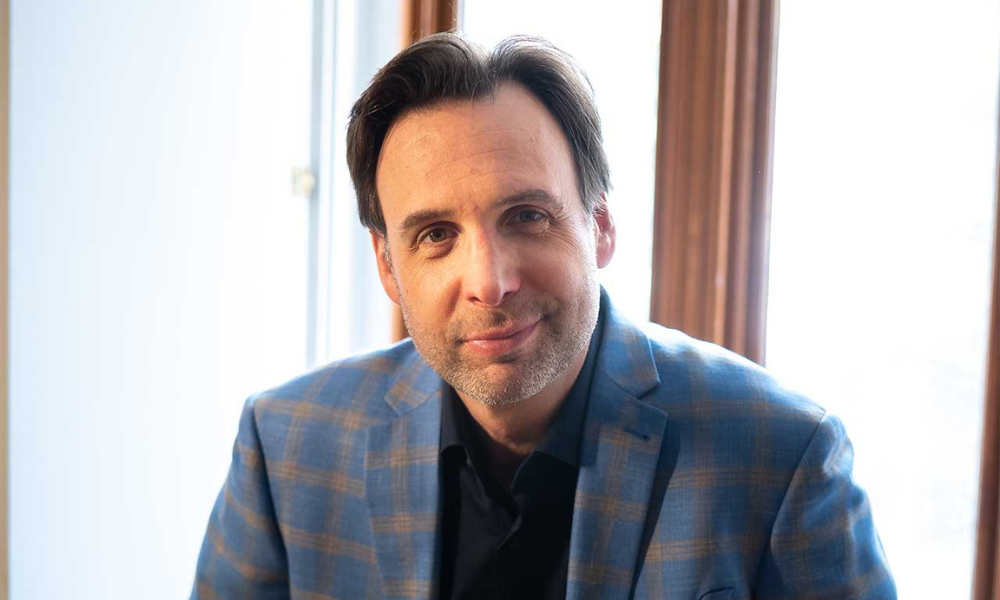'When clouds are gathering and getting darker by the day, it's not the time to be aggressive in equities'

Thierry Tremblay is kicking off 2023 by taking the prevailing industry sentiment to stay the course head on. Since midway through 2022, Shinder Tremblay Private Wealth at iA Private Wealth has been aggressively raising cash and pushing back against the conventional wisdom that everyone should stay invested and for Tremblay, it’s a hill he’ll die on.
“Investing is all about probabilities. When there’s the probability of clouds dissipating, you want to start allocating more capital, but when clouds are gathering above your head and getting darker by the day, it's not the time to be aggressive in your portfolio positioning in equities — and for some time the clouds have been gathering ,” Tremblay, portfolio manager at the firm, says.
“The road down the line gets murkier, it will get more challenging, and furthermore with the recent spate of rate hikes you are getting a decent return on your cash now, as opposed to zero a year ago. You can get four to five per cent depending on the product and you get the safety and flexibility of cash. My suggestion is to work with probabilities, study history, try to understand the business cycle, behaviour, and positioning and have a balanced approach.”
People encourage staying invested based on the notion that the stock market only goes up. But “from 1956-1982 the market really went sideways”. In the 1970’s, the market actually fell during a high inflationary period, but when inflation plateaued and began to drop rates were cut and while that provided a slight reprieve, inflation rocketed back much higher again . From there, things plunged into back-to-back recessions and didn’t turn around until the early 80s — and once again, inflation is a bigger problem than people expect.
Inflation in 2022 shocked people, throwing off household budgets and seeing real earnings power decrease by the day. A passive and complacent approach emerged where investors allocated more and more to equities whenever the market pulled back because in the past they were always compensated for buying the dip. The Federal Reserve and the Central Bank came to the rescue with lower rates or by injecting capital into the economy, thereby providing liquidity — and it’s off to the races again. But portfolios were not rebalanced because bonds didn't pay that much.
“When rates are at zero, you're forced down the risk curve and even though you're not really comfortable, that's the only game in town,” Tremblay says. “The hope is that the Fed would pivot, but if you care to read history and the Fed’s remarks, they're pretty clear they're not going to lower rates. They might slow down the pace of hikes, but they’ll wait to see if inflation is coming down to the target where they’re more comfortable, which is around 2%.”
An environment of higher volatility and higher rates mean what worked in the past — i.e. technology stocks — are likely going to struggle, Tremblay adds, “and that’s what we saw last year because they were discounting their cash flow over a long horizon and as rates rose it diminished their value.”
Investors seem to think that we're out of the woods this year but Tremblay argues that’s not the case. “People feel confident now because the market is up five or six per cent since the beginning of the year, and they think it’s all rainbows and puppy dogs now, but everything acts with a lag: you have to understand the dynamic of higher rates, what it does to corporate profits, to the economy, to employment, to positioning, and so forth.” He points to the fact that 80% of the time there is a tightening cycle and inflation is higher than 5% it lead to a recession. The markets are also facing a couple of firsts such as the lowest consumer confidence ever and the biggest drop in money supply. For those focused on valuations, Tremblay adds, “I'm sorry, but the S&P is sitting at 17 times future earnings now, and people think that’s cheap because it was at 21 in 2021. The 17 times is based on earnings that, in our view, are still too inflated. We need time and space to see real business cycles.”
Though a committed and vocal proponent of being overweight cash in the current environment, there are still solid sectors where you can allocate capital, for example “you’ve got defensives, you’ve got precious metals — which by the way, not a lot of people own — and you’ve got health care, which is still my horse for 2023. But people have too much equities and too much of the same thing, which is for example all of the tech stocks.”
Also heavy on the communication with clients, Shinder Tremblay Private Wealth has been laser-focused on not just the twice-yearly official reviews and regular meetings, but on creating informative content to share with clients on the website and through newsletter sendouts. Everything is crafted in-house and backed by their extensive research and passion for taking a holistic and wide-angle view of the industry overall.
“We've been vocal about this, it’s not a new position for us. We're basically reading a lot and thinking about how we see things going forward: reading about history, reading about behavior, and then making up our own minds,” Tremblay says. “Certain sectors, certain asset classes, certain factors generate a better outcome in certain market dynamics. We’re putting everything together through the lens of behaviour, through the lens of history, and then we position the portfolio.”



